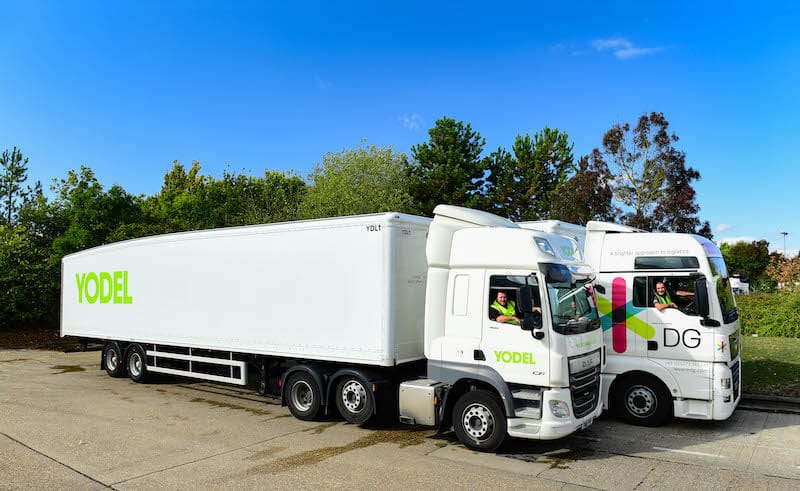Many of us have spent the last few weeks anticipating news from the Government regarding the possible extension or replacement of the current employee furlough scheme, which affects an estimated three million workers in the UK, and is due to end on 31st October.
We received that news on 24th September, as the Chancellor of the Exchequer, Rishi Sunak, announced that from 1st November, organisations could apply to a new Job Support Scheme. Notably, this isn’t an extension of the current scheme, but rather a new scheme entirely.
In this quick blog, we’ve summarised the key things to know. Please bear in mind that these are just first details, and that we expect to publish further information once more guidance becomes available.
What is the Job Support Scheme?
Like the Coronavirus Job Retention Scheme, the Job Support Scheme is designed to help employers to retain staff who are working fewer hours due to low demand. It will run for a period of six months, from 1st November 2020 to 30th April 2021.
During this period:
- Employers will be responsible for paying staff for any hours they work, based on their usual contracted wage (not the wage they have been paid while on furlough).
- However, the responsibility for paying staff for any hours they can’t work will be split between the employer and the Government. Both the employer and the Government will pay one third of this amount, while the other third is lost. The amount paid by the Government is capped at £697.72 per month.
- The expectation at the moment is that employers won’t be permitted to top-up the two-thirds of employees’ wages at their own expense.
- Grant payments to reimburse the employer for the Government’s contribution will be made in arears. The grant won’t cover Class 1 employer National Insurance Contributions (NICs) or pension contributions. However, these contributions will remain payable by the employer.
Which organisations are eligible?
- All organisations classified as small and medium-sized businesses will be eligible, but larger businesses will only be eligible if their turnover has fallen during the crisis (determined through a financial assessment test).
- Organisations can utilise the scheme regardless of whether or not they have previously used the employee furlough scheme, as long as they have a UK bank account and UK PAYE schemes.
- Organisations who use the Job Support Scheme can still claim the Job Retention Bonus, where the government pays £1,000 for every furloughed staff member who returns to work until at least the end of January.
Which employees are eligible?
- In order to be eligible for the scheme, employees must have been on an employer’s payroll (and reported on the RTI submission) on or before 23rd September 2020.
- Employees using the scheme must work at least a third (33%) of their usual hours for the first three months.
- Employees can adopt a flexible working pattern throughout the month, but each short time arrangement must cover a period of at least seven days.
- While an employee is receiving the Job Support Scheme grant, their employer can’t make them redundant or issue a notice of redundancy.
How can employers claim?
Employers will be able to start claiming through Government’s online portal from December 2020. Since grants are payable in arrears, employers can only submit a claim in respect of a given pay period, once the payment has been made to the employee by the employer, and that payment has been reported to HMRC via RTI return.
Example scenario
Say that an employee, Matthew, normally works five days a week and earns £400. He is put on the Job Support Scheme, working two days a week (or 40% of his usual hours). How would he be affected?
- His employer pays him £160 for the days he works.
- For the time he isn’t working (three days or 60%, which is equivalent to £240), he will also earn a third from both his employer (£80) and the Government (£80).
- This brings his total earnings to £320 (or 80% of his usual salary).
The percentage cost to the employer and the Government will vary according to the number of hours the employee is able to work. In other words, if the employee is able to work a higher number of hours, the grant provided by the government will be lower, and vice-versa.
If the employee works the minimum of 33% of their normal working hours, the employer will receive a Government grant of up to 22% of the employee’s wages (capped at £697.72).
Further information for Zellis customers
We expect further technical guidance to be provided by HMRC within the next two weeks. We’re already working out the best way to help our customers make these changes. As soon as we can provide an update on our plans, with the additional clarification from HMRC, we will be in touch.
In the meantime, if you’re planning to use the Job Support Scheme, we suggest that you:
- Assess your workforce to understand to what extent you could use the scheme – what ‘viable’ workers do you have?
- As far as possible, prepare what you will need for administration of the scheme (i.e. training, reports, technology, and additional payroll support).
- Keep an eye out for our new blogs and webinars over the next few weeks, in which we will provide further advice and guidance on the new COVID-19 changes.
If you have any queries or concerns at this stage, please get in touch with your Account Manager or ITCAM in the first instance.















